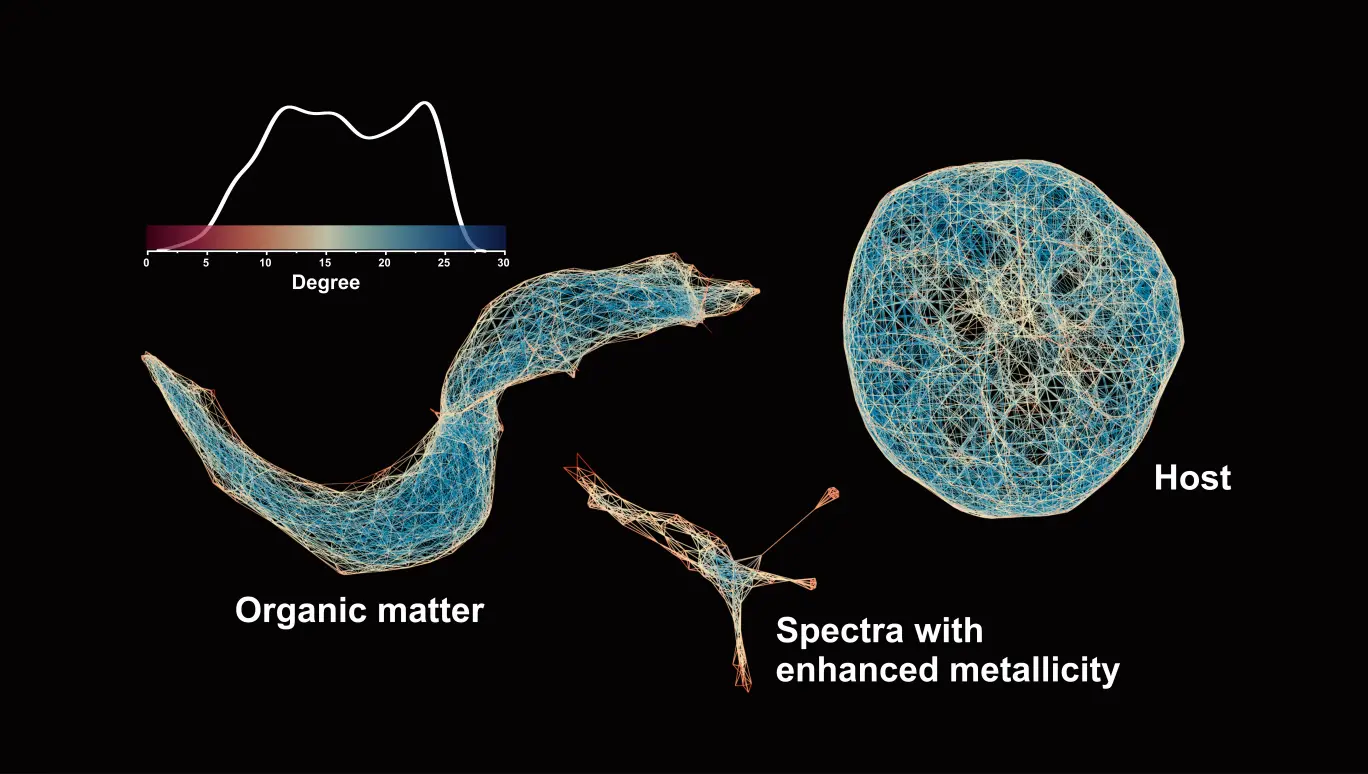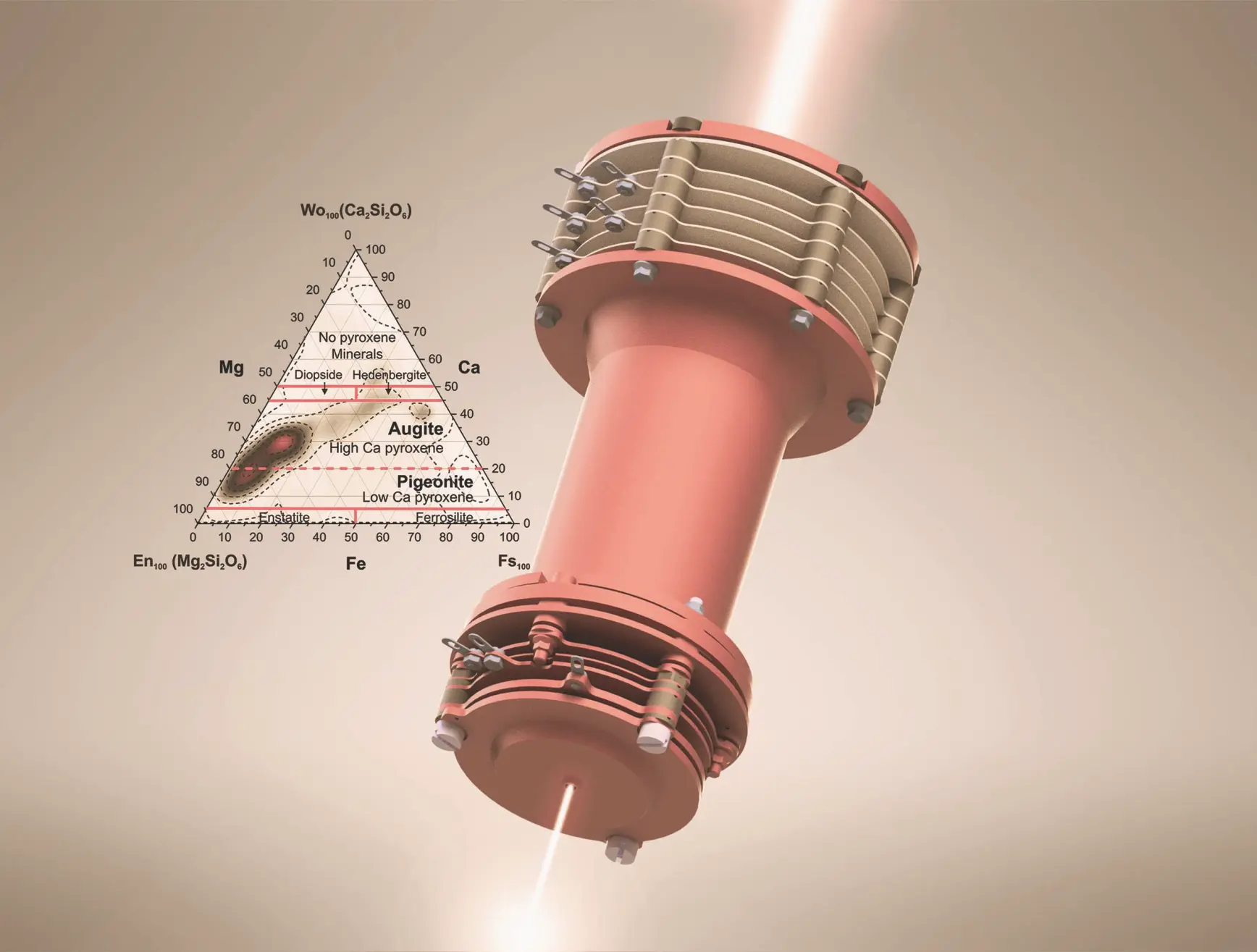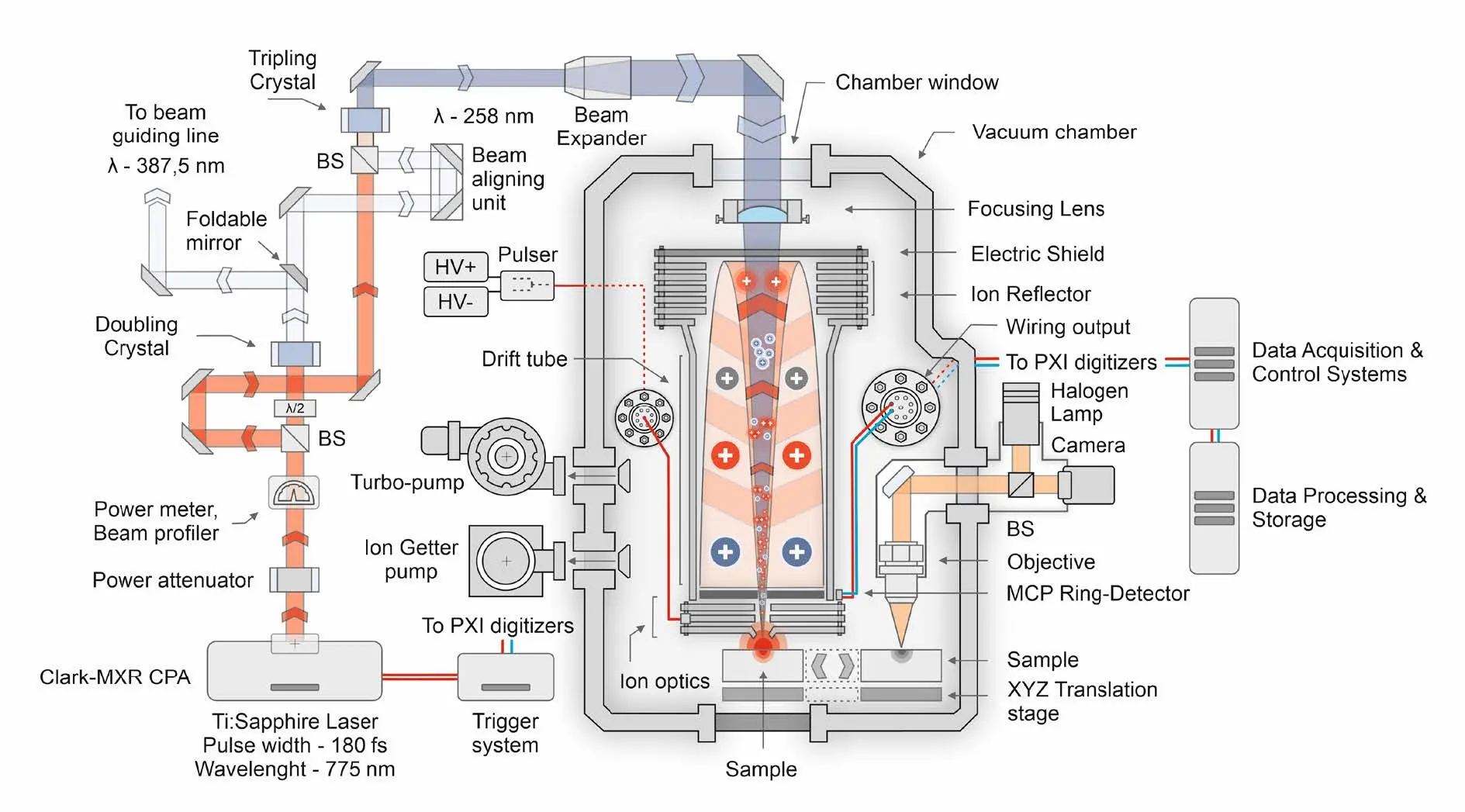Trends in and around AI
This week, I’ll be addressing students at the LIGA-Forum (https://liga-forum.ru) 2024 in Kazan. Below you can find my presentation on “Trends in and around AI” from the forum. Full screen presentation – web presentation
This week, I’ll be addressing students at the LIGA-Forum (https://liga-forum.ru) 2024 in Kazan. Below you can find my presentation on “Trends in and around AI” from the forum. Full screen presentation – web presentation
New animation that I made using P5.JS - an attempt to recreate Vanta.Trunk effect:

This presentation provides an introduction to the current state of laser-based mass spectrometry technologies that are enhanced with graph data processing and machine learning. In the second part of the talk, I delve into the topics of signal processing, correlations graphs, and spectral embeddings, and how they are useful for mining unstructured spectral data. Full screen presentation – web presentation
As an exercise we will use the leetcode solution of the 2Sum problem (using 2-pointer approach). Problem description: Given an array of integers nums and an integer target, return indices of the two numbers such that they add up to target. You may assume that each input would have exactly one solution, and you may not use the same element twice. def twoSum(nums, target): nums_index = [(v, index) for index, v in enumerate(nums)] nums_index....

Spectral proximity network of the partially averaged mass spectrometric image (40′000 mass spectra 260 single unit masses). The networks are colored according to the node degree (the degree of a node is the number of edges connected to the node). Paper / PDF TL;DR In this paper we present: a multi-element imaging of the Gunflint chert (2 billions years old) sample; the unsupervised analysis of 40′000 mass spectra, downsampled from 100'000 spectral databank, using nonlinear reduction and topological coarsening....

Paper / PDF TL;DR In this paper we present: Chemical depth profiles from the highly heterogeneous media (amygdale calcium carbonate embedded in the surrounding basalt) The presence of oxides and sulphides within inclusion material allows us to derive elemental abundance calibration factors With the RSCs corrections the quantitative analysis of more complex mineralogical phases within the inclusion is conducted by correlating atomic abundance fractions in ternary diagrams Stoichiometric abundances can be reconstructed using our method

Simplified schematics of the multi-color ion generation and mass separation using fs-LIMS instrument. Paper / PDF TL;DR In this paper we present: installation of beta-barium borate crystals into beam delivery line (we’ve build a new ultrafast optics line to achieve that), with doubling and tripling capabilities that allowed us to reach stable (power jitter below 1% shot-to-shot) and powerful (multifold above ionization threshold) far-UV fs-emission We use a clear Precambrian chert (mainly SiO2/glass with inclusions of absorptive kerogenous matter) as a testbed for new laser frequencies Change from IR-775 nm to UV-258 nm allowed us to increase the 1) mass-resolution of measured mass spectra by a factor 10, and 2) increase the total ion-yield by a factor of 10 and significantly decrease the dispersion, thus, allowing to collect mass spectrometric signals agnostic of any heterogeneity of analyte material we also present a very fast HV-module, that removes abundant ions of choice on the way to the detector, that allowed to increase the detection range by a factor of 5-7 this is all achieved with coffee-cup sized mass spectrometer developed for in-situ space measurements on the Moon, Mars, Europe etc....
Different vibes for work/chilling and sports. While exploring my website, consider tuning into my playlist on Ya.Music. Unfortunately, only people from CIS countries are able to see the full playlist due to limited distribution rights. I am a big fan of Christian Löffler, his sounds whith gloomy spirits and unhurried vibes, are best for being in the “flow” be it you doing sports or squeezing thoughts onto the paper. The Parra For Cuva (Nicolas Demuth) also provides a warm and melancholic mood for falling into yet another rabbit hole....
Песни под разные дела и настроение - работа, пробежка, или под поездку в метро. Тут мой плейлист, который обновляется в режиме онлайн - песни тут будут появляться, сразу после того как я их добавлю в свой лист Ya.Music. Если вдруг плейлист не загрузился, вам нужно выключить свой VPN. Поскольку у Яндекса нет прав на дистрибуцию в других странах, сервис блокирует доступ к музыке из-за рубежа. Мне нравится спокойная музыка, под которую можно работать - например, Christian Löffler, или Parra For Cuva (Nicolas Demuth)....

A randomly selected subset (70%) of spectral similarity networks used for an estimation of the robustness of the covering algorithm. A 92% Rand Index shows that network can be confidently segregated into two communities. Paper / PDF TL;DR In this paper we present: a large-scale time-of-flight mass-spectra collection using the tiny space-type mass spectrometer a new preprocessing routines for robust baseline removal, noise suppression and spot-to-spot time-of-flight calibration. Overall we achieved a stunning 2 orders of magnitude SNR improvement over the raw spectra and large-scale baseline stability that showed no significant over and undershoots (thus, no artefactual variance in the processed data)....